Sioux Cochran, of Winston, N.M., designed and built an 18- by 15- by 10-inch homemade shoeing box out of repurposed materials as a Christmas present for her farrier son, Cru. The entire project cost just under $60 and by building the box herself, Cochran was easily able to customize it to Cru’s individual needs.
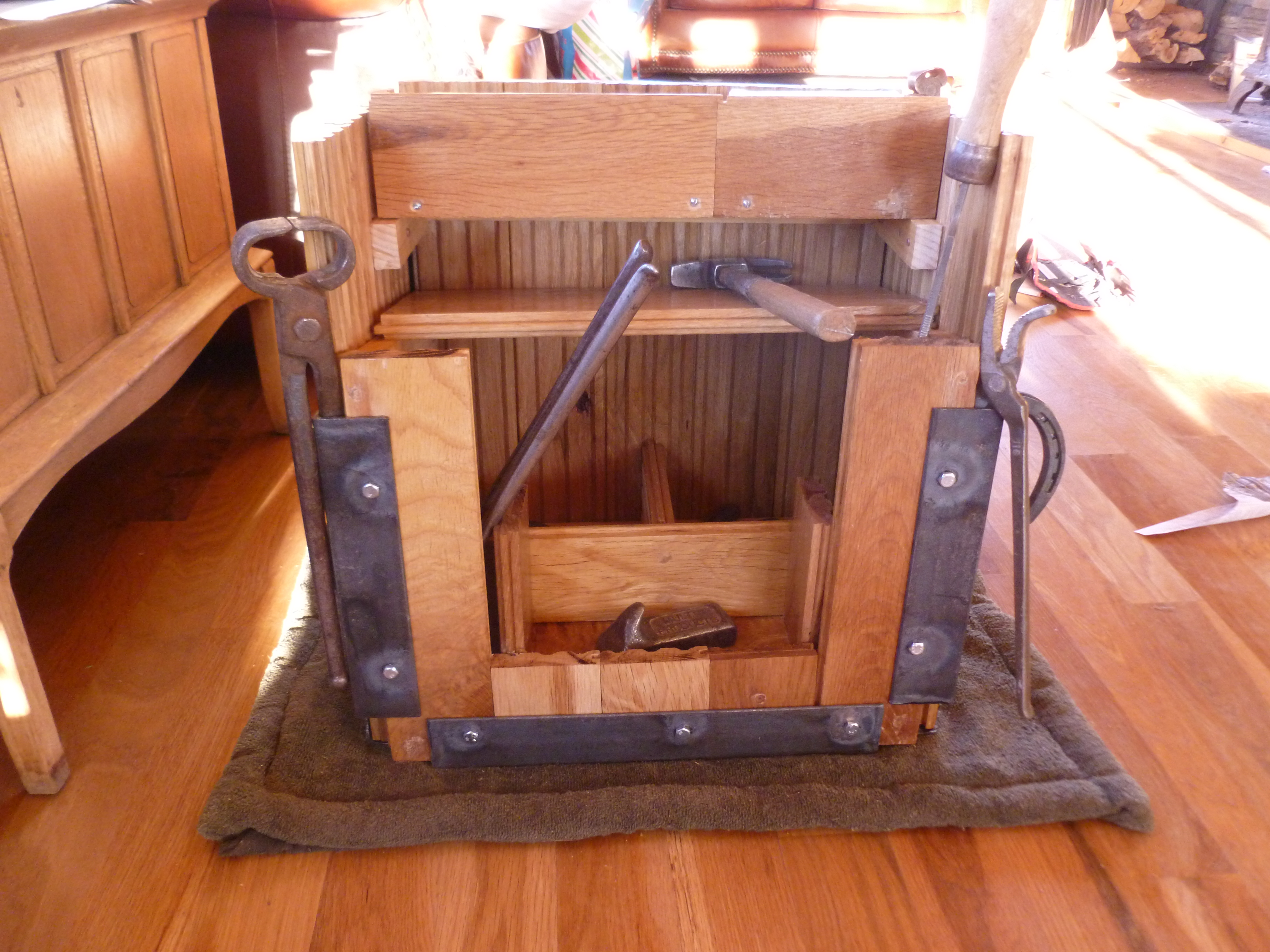
She used 3-inch wide oak hardwood floor scraps for the body and shelves of the box, with 1 1/2-inch torch screws holding the pieces together. Five pieces of the flooring were used for the back, three for the sides and five in front.
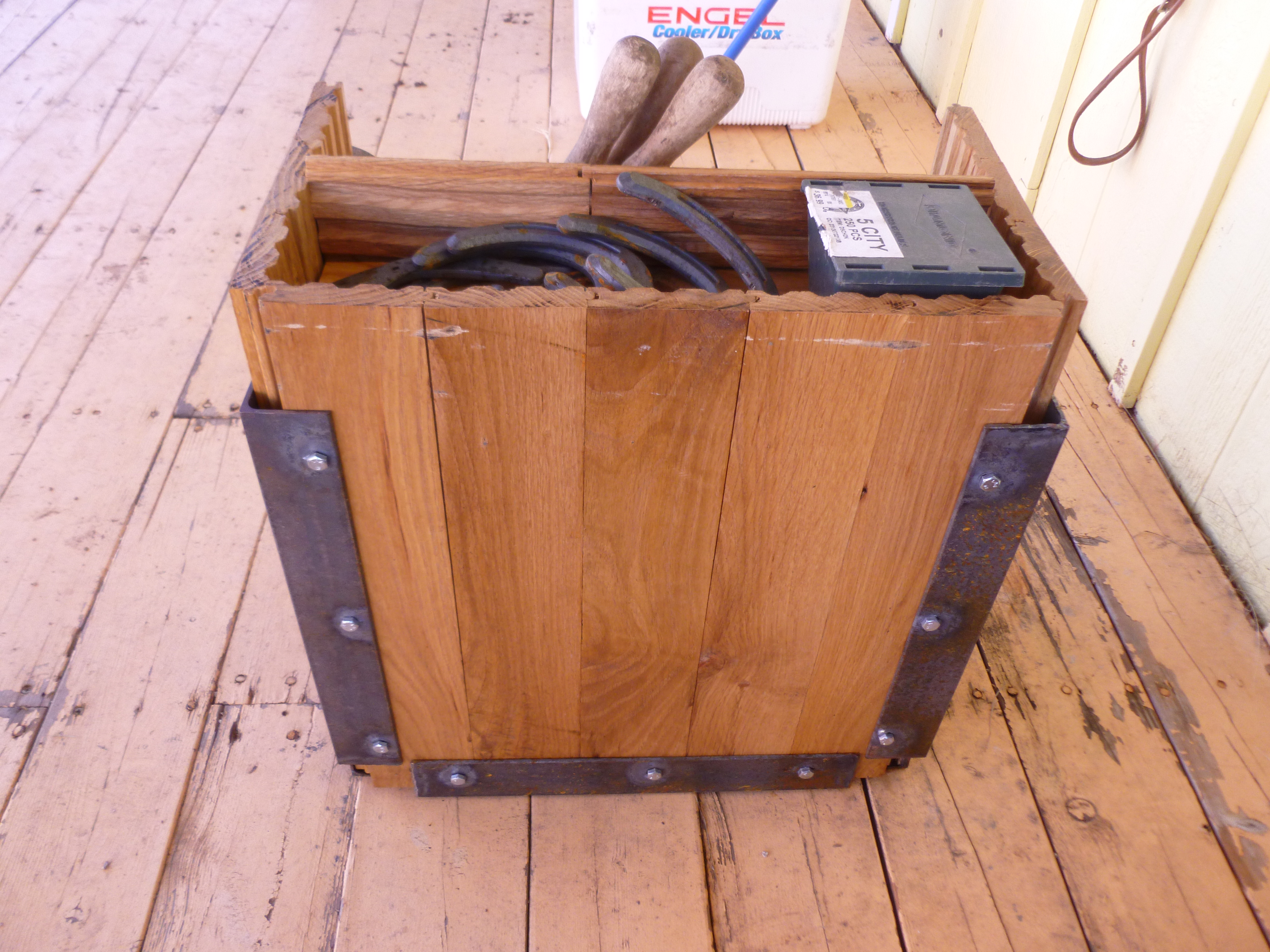
Thirty, 1- by 1/4-inch heavy-duty screws were used to attach the angle iron, as can be seen on the sides and bottom of the box in the photos. Cochran suggests pre-drilling the wood to prevent it from cracking before beginning to drill the screws into the box. She did not screw the bottom of the bottom angle iron because it isn’t necessary to hold the box together and it would make for an uneven surface.
The angle iron she used is weldable with dimensions of 1/8-inch by 2-inches by 4-feet. She ordered 8-feet of the iron cut and drilled, which cost roughly $34. Cochran says that a cheaper grade and width iron would also work for building the box for those farriers with good carpentry skills. She used weldable iron for the box in case Cru decides to add wheels and a pull-handle to the box in the future. Using angle iron for the box creates another holder to stick tools in.
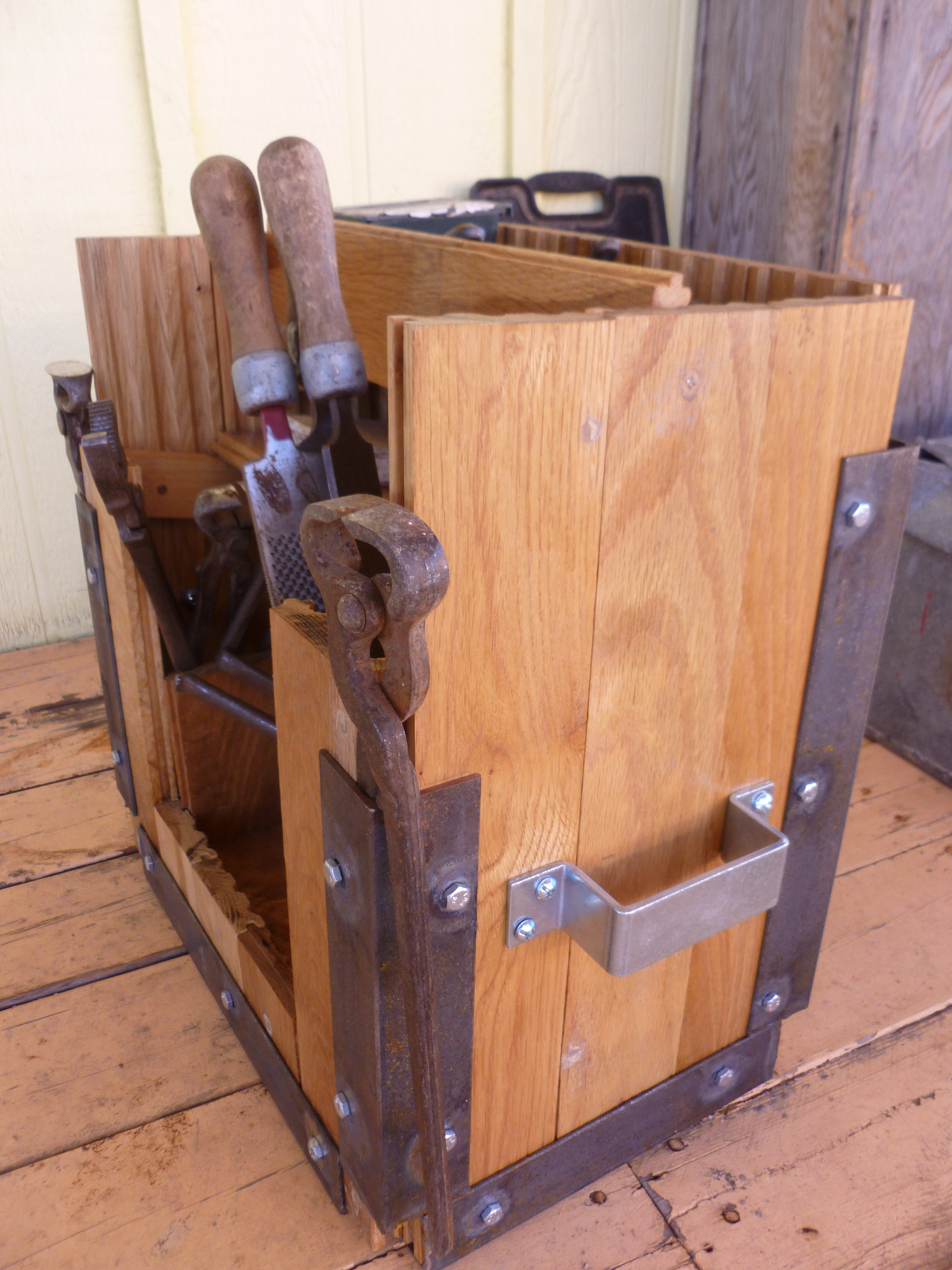
She screwed the base dividers from the bottom before attaching the sides.
Cochran used various sizes of screws to add the lip and secure the shelf to the box. She countersunk all of the screws and puttied the ones that can be seen from the outside. Scrap 1x was used for the shelf supports.
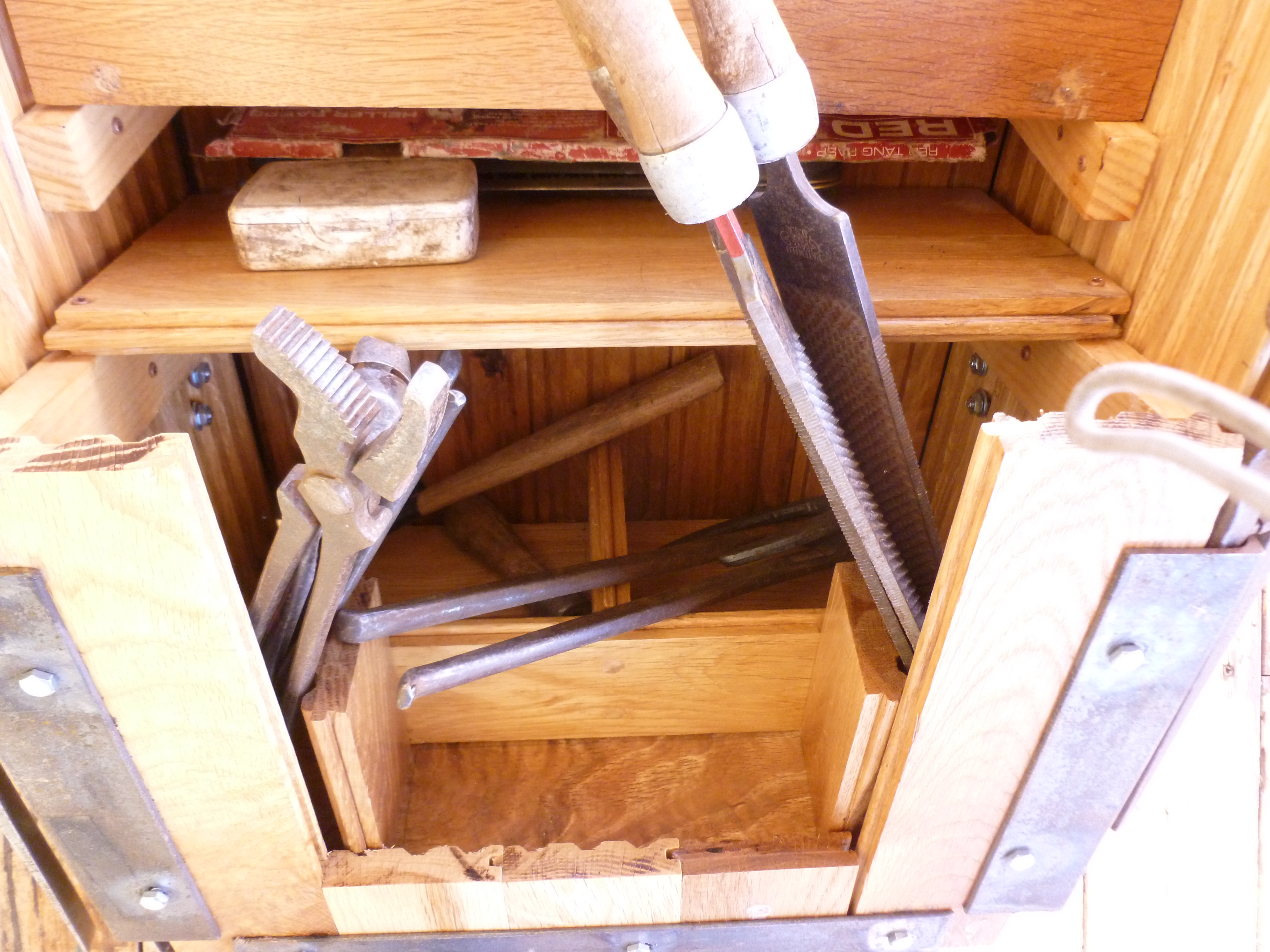
The base of the box was created using scraps of 2x4s. One 18-inch scrap was cut in half using a table saw, and created the front and back. Two other 8-inch 2x4s were used for the sides of the base. Sioux chose these dimensions because she wanted the base to be stout. She says she may eventually seal the base with a roofing tar to better preserve the 2x4s, but says a coat of polyurethane would also work.
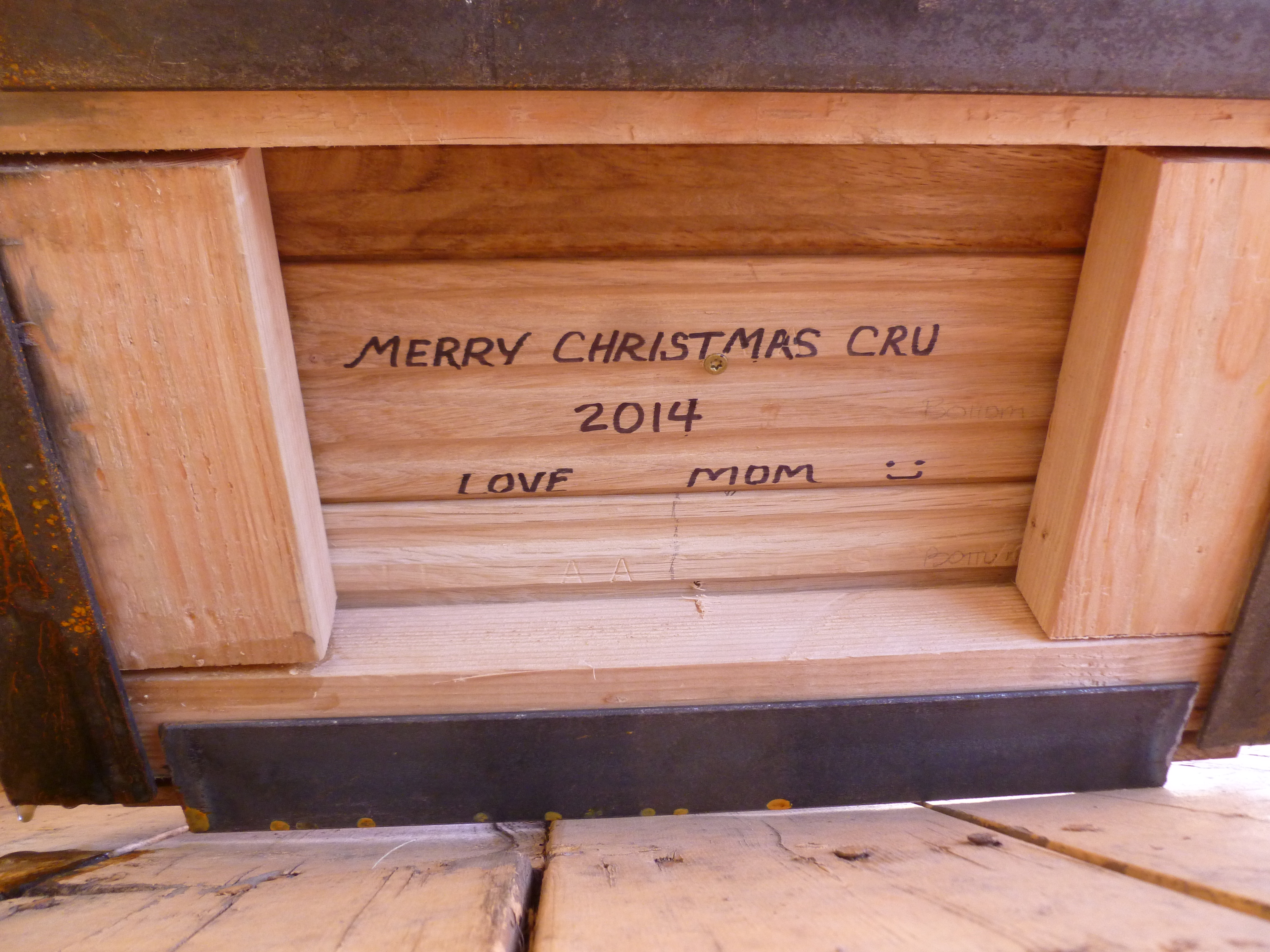
The handles on the sides of the box are zinc barn door stoppers, called “closed bar holders,” which were attached using 8, 1 1/4-inch bolts with washers and nuts. Cochran says she wanted the bolts to go all the way through the box because she knew the box would be heavy with tools and would need to be sturdy enough to handle the weight.
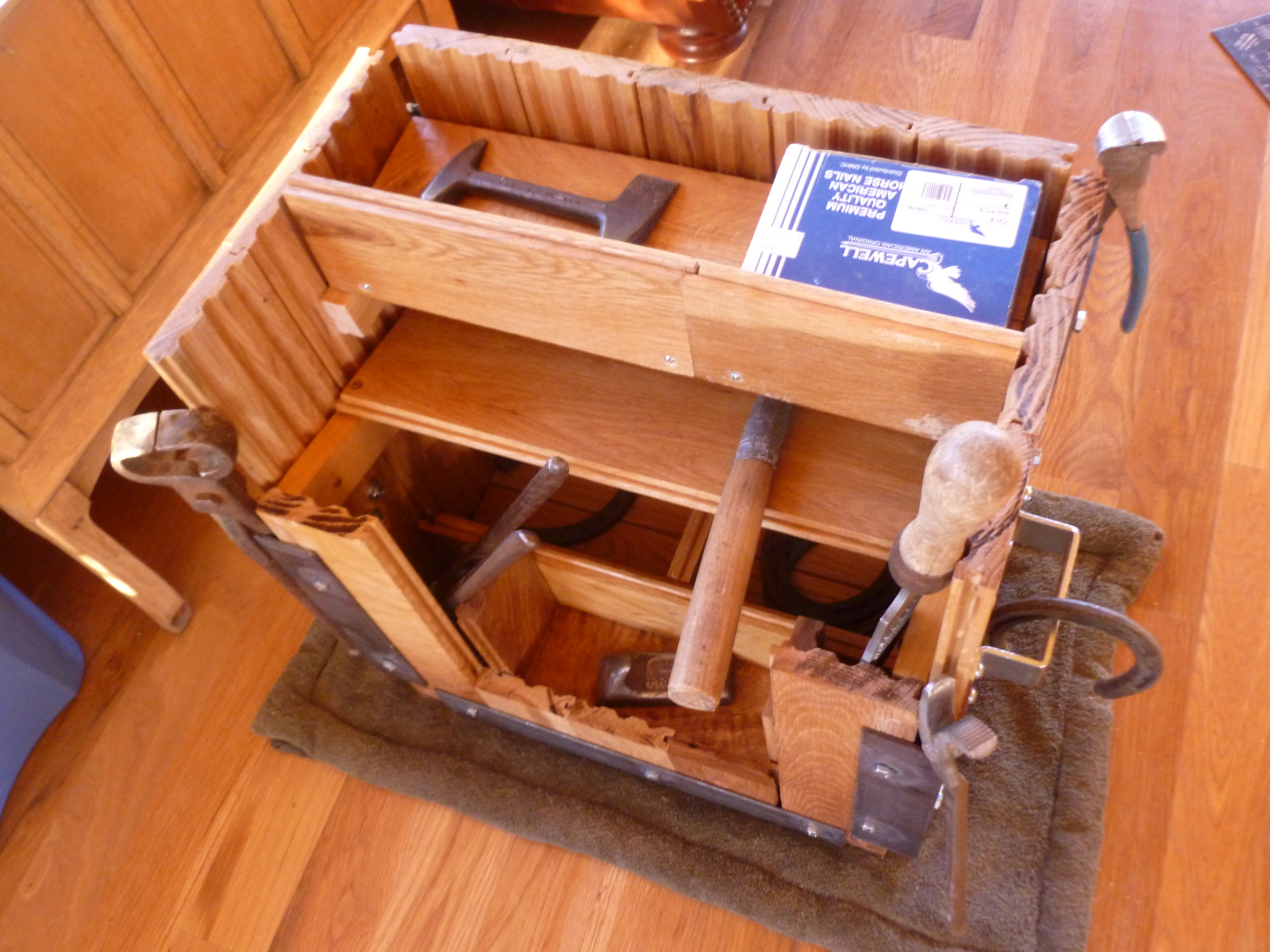
To finish the box, Cochran sealed the wood with Minwax, fast-drying, clear, semi-gloss polyurethane. She completed the project after about 5 days of working on it off and on, but says it could be completed in a few hours.








Post a comment
Report Abusive Comment